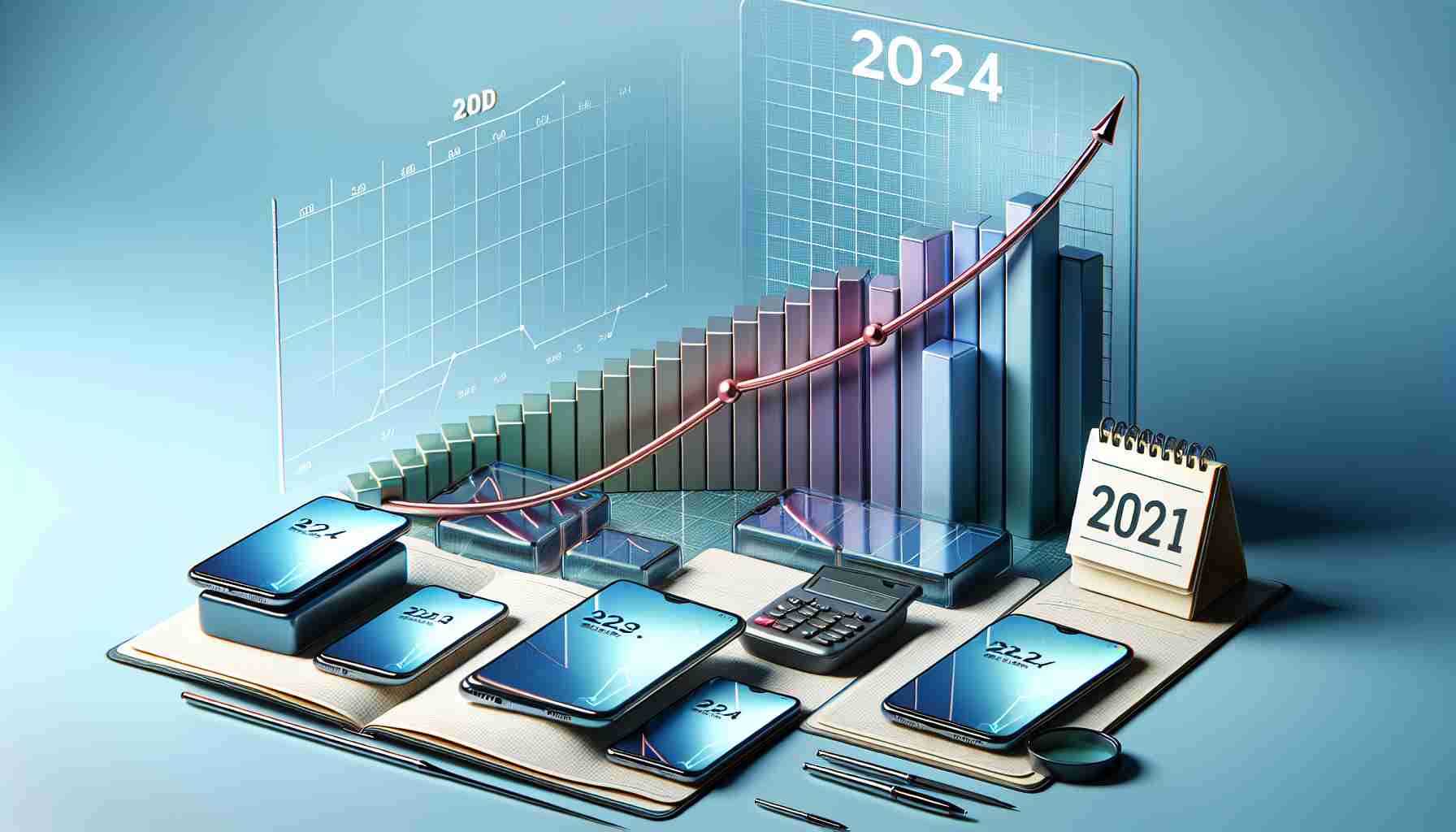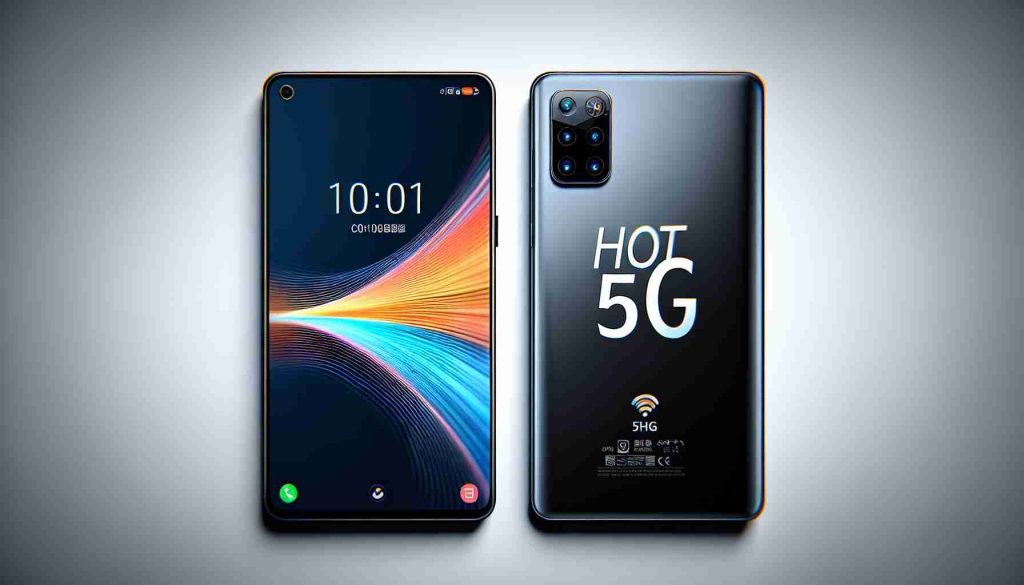Sales of mobile phones are projected to witness a significant increase this year, driven by improving economic conditions and a more favorable consumer sentiment. This turnaround follows years of declining trends and is a positive sign for leading manufacturers. Apple is set to unveil its latest smartphone line, the iPhone 16 series, on September 9, which could further stimulate interest in the market.
Global smartphone deliveries are estimated by Counterpoint Research to reach 1.23 billion units in 2024, reflecting a 5% growth from the previous year. Despite this increase, the number remains substantially lower than the peak of 1.56 billion units seen in 2017. Analysts suggest that the introduction of generative artificial intelligence (GenAI) in smartphones will enhance these figures moving forward, as manufacturers roll out devices equipped with advanced AI features. Projections indicate that the share of smartphones featuring GenAI capabilities could leap from less than 20% in 2024 to over 50% by 2028.
Although anticipation for Apple’s new releases is high, the lack of generative AI capability in the European market upon launch may influence consumer reception. Investors are also eagerly awaiting innovative designs in upcoming models, including folding phones. Currently, brands like Huawei and Motorola are expected to lead this market segment before Apple potentially enters in 2027. With smartphone sales accounting for a significant portion of Apple’s revenue, the forthcoming iPhone release is crucial for maintaining investor confidence.
Mobile Phone Sales Expected to Rebound in 2024: Emerging Trends and Challenges
As 2024 approaches, the mobile phone market is poised for a significant rebound, with various factors stimulating growth and innovation. While improved economic conditions and consumer sentiment lay the groundwork for this resurgence, several additional factors warrant consideration, including the impact of emerging trends, competitive dynamics, and shifting consumer priorities.
What are the key factors behind the expected rebound in mobile phone sales?
One of the major driving forces behind the anticipated growth is the expansion of 5G networks across the globe. As connectivity improves, consumers are more inclined to upgrade their devices to fully leverage the benefits of faster data speeds and improved functionalities. Additionally, the rise of e-sports and mobile gaming continues to spur demand for high-performance devices, particularly among younger demographics, who prioritize cutting-edge technology.
What role will sustainability play in consumer choices?
Sustainability is becoming increasingly crucial as consumers become more environmentally conscious. According to a recent survey, nearly 70% of consumers are willing to pay more for devices that are made sustainably or feature recycling programs. Brands that actively promote eco-friendly practices are likely to gain a competitive edge in this evolving market landscape.
Key challenges facing the mobile phone market
Amid the positive projections, key challenges persist. Supply chain disruptions related to both global events and component shortages have continued to impact manufacturers. The semiconductor shortage that began in 2020 remains a concern, as it can delay production timelines and increase costs, potentially affecting pricing strategies. Additionally, the rising costs of components due to inflation could lead to higher retail prices, which may deter budget-conscious consumers.
Are there any significant controversies in the mobile phone industry?
Privacy concerns related to advanced features, particularly those incorporating artificial intelligence, have led to public scrutiny. Consumers are increasingly aware of data security issues, prompting manufacturers to address these concerns upfront. Furthermore, the ongoing tension between tech companies and regulatory bodies over user privacy and information security could lead to stringent regulations that reshape the market dynamics.
What advantages and disadvantages do new technologies bring?
The integration of generative AI into smartphones offers notable advantages, including enhanced user experiences through predictive algorithms, personalized content recommendations, and improved camera functionalities. However, integration also raises potential drawbacks, including the risk of data misuse and over-reliance on technology, which may alienate segments of the audience that prioritize simplicity and security.
Conclusion
As the mobile phone industry anticipates recovery in 2024, manufacturers and consumers alike must navigate emerging trends, sustainability initiatives, and evolving preferences. The balance between innovation and ethics will play a crucial role in determining the future landscape of mobile phone sales and consumer interactions.
For further insights into the smartphone market and technological impact, you can explore Counterpoint Research and Statista for valuable data and trends related to mobile technology.
























